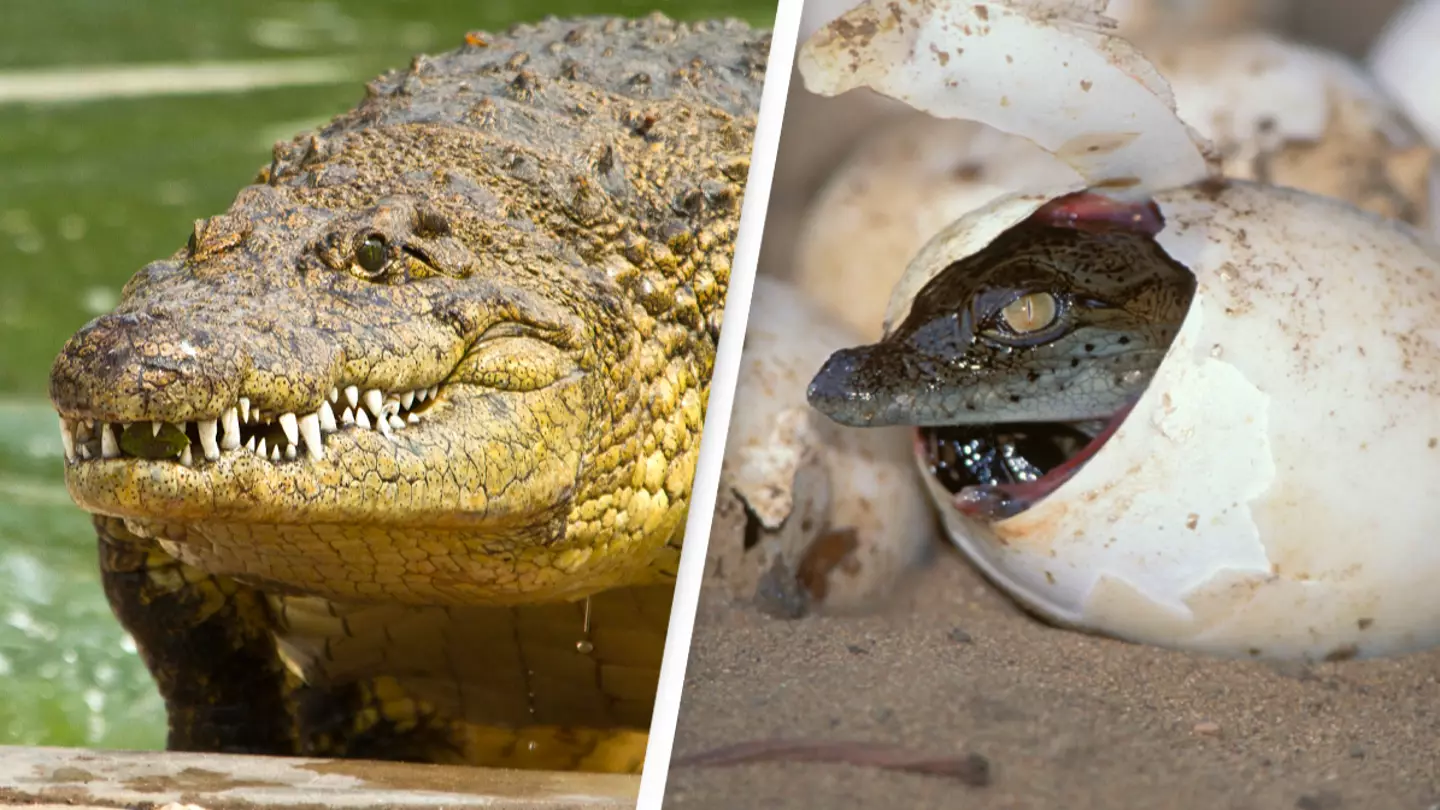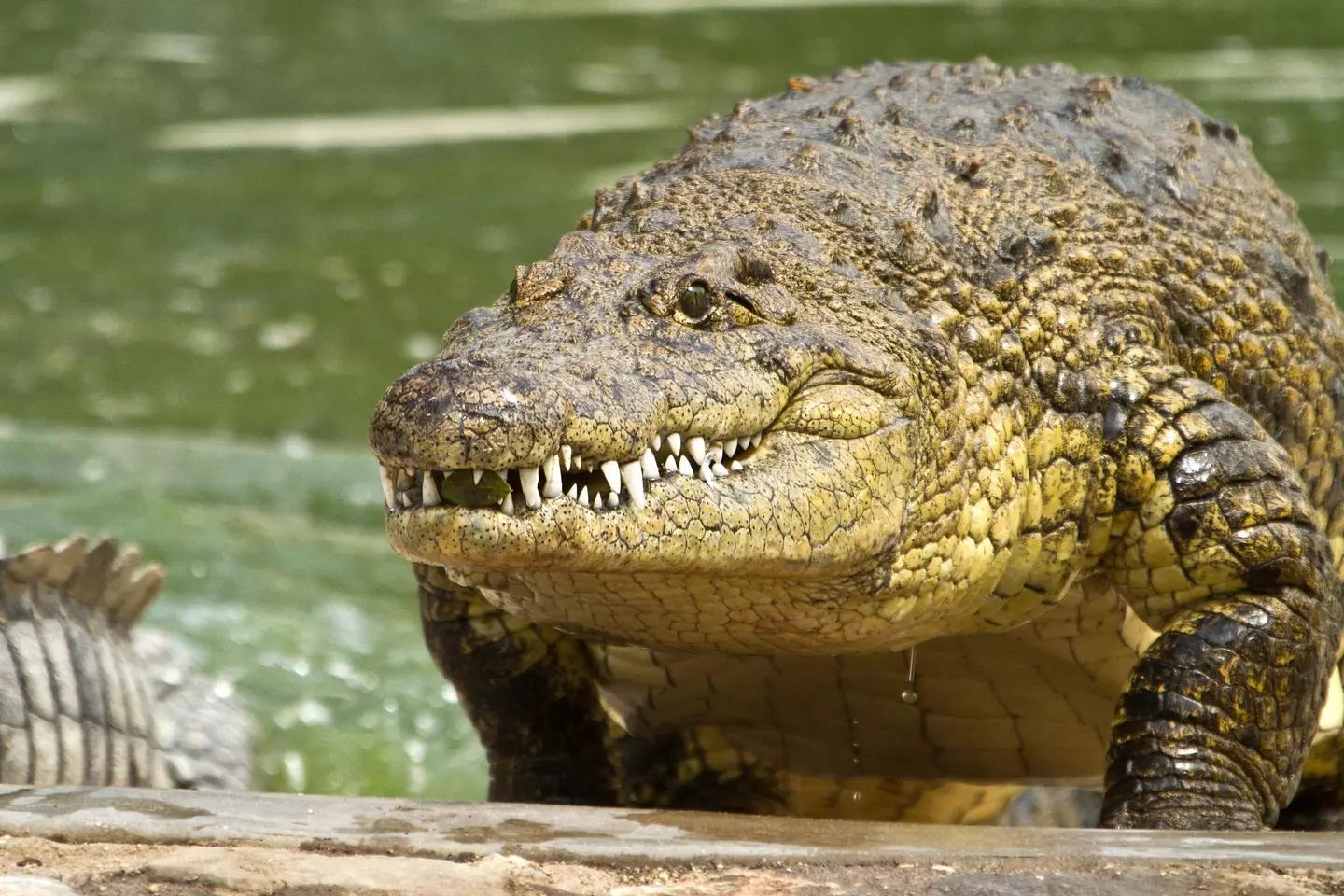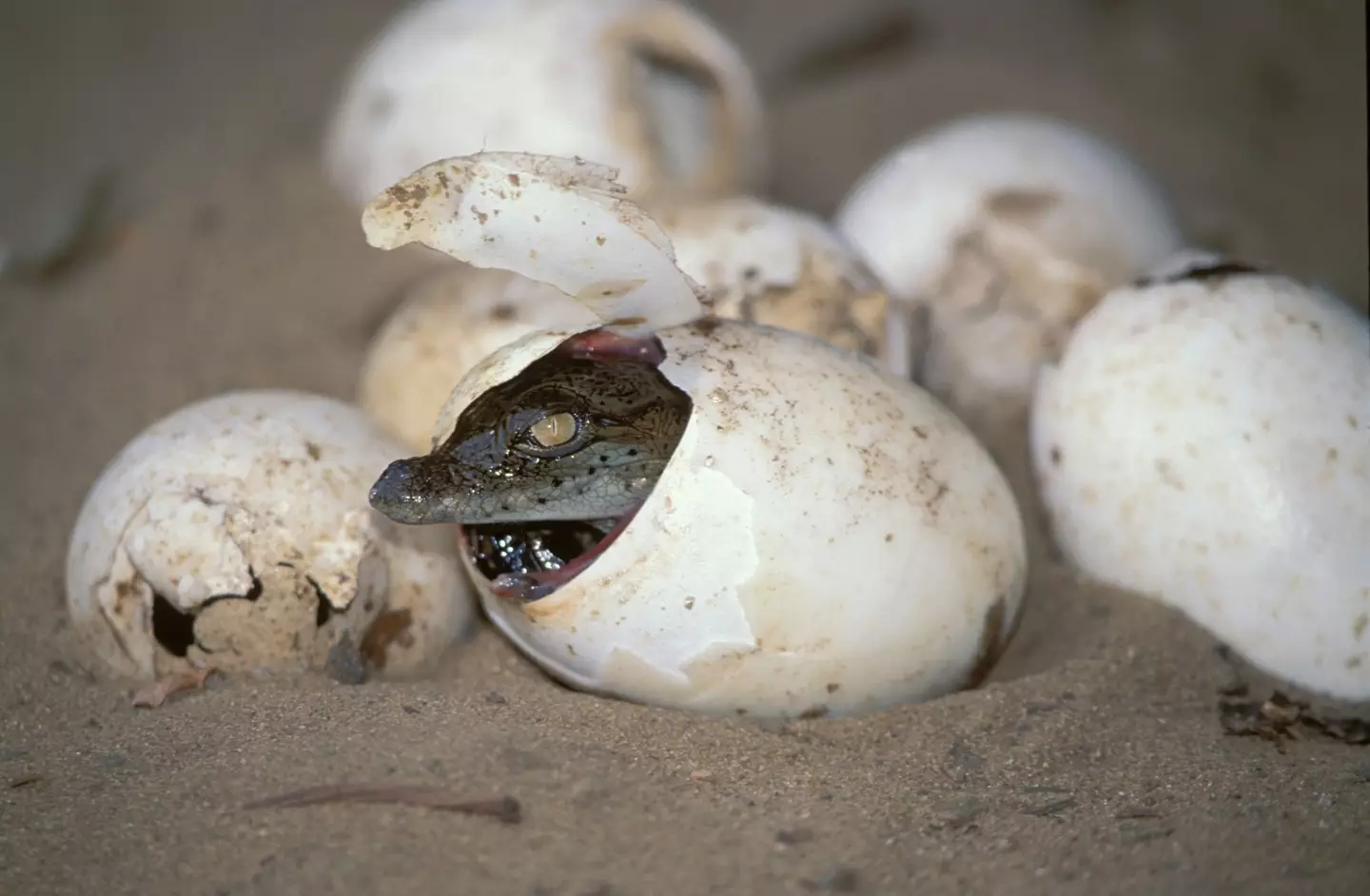
A crocodile has had a 'virgin birth' for the first time and it could shed light on a way that dinosaurs might have been able to reproduce.
An 18-year-old crocodile that has been housed alone in a reptile park in Costa Rica for the past 16 years and has never mated laid an egg with a fully formed foetus.
Unless there's some new breed of invisible stealth crocodile we don't know about, then this marks the first time we know for sure that crocodiles can do something called 'parthenogenesis', a form of asexual reproduction.
Advert
The female American crocodile, which has been isolated for at least 16 years at Parque Reptilandia laid 14 eggs, half of which appeared to be fertile.
While none of them hatched after three months, the eggs were taken for study and experts were able to confirm that the formed foetuses in the eggs had come entirely from the mother.

While it's a major milestone in understanding that crocodiles can reproduce asexually and croc-mums don't necessarily need a male around to lay eggs, it looks like crocodiles are coming up short in the lottery of species capable of parthenogenesis.
Advert
Warren Booth, professor in evolutionary genetics from the Virginia Polytechnic Institute and State University and the lead author of the research into this case, told IFL Science that the odds are usually not in their favour.
He said: "With boas and pythons we tend to see parthenogens born outwardly healthy.
"With venomous snakes, such as rattlesnakes, cobras, etc, and the water snakes and garter snakes, we see the opposite. "Most parthenogens are either stillborn or severely deformed.
"In sharks and birds, they also vary. Some appear healthy, some not. We have raised parthenogens to adulthood and bred them, but most actually die after a few months or a few years."

So there you have it, a female crocodile can lay eggs with fully formed little snappers inside but if you want a healthy batch of little croclings, it's best to have a male and female do it like they do on the Discovery Channel.
Advert
Professor Booth also said that animals born this way were 'highly inbred' which, of course, is 'not conducive for a healthy life'.
He added that this sheds some light on the ability of dinosaurs to do this, with the chances being 'very likely', as crocodiles are just the latest of a number of species linked to them can do it.
It turns out that life really does find a way.